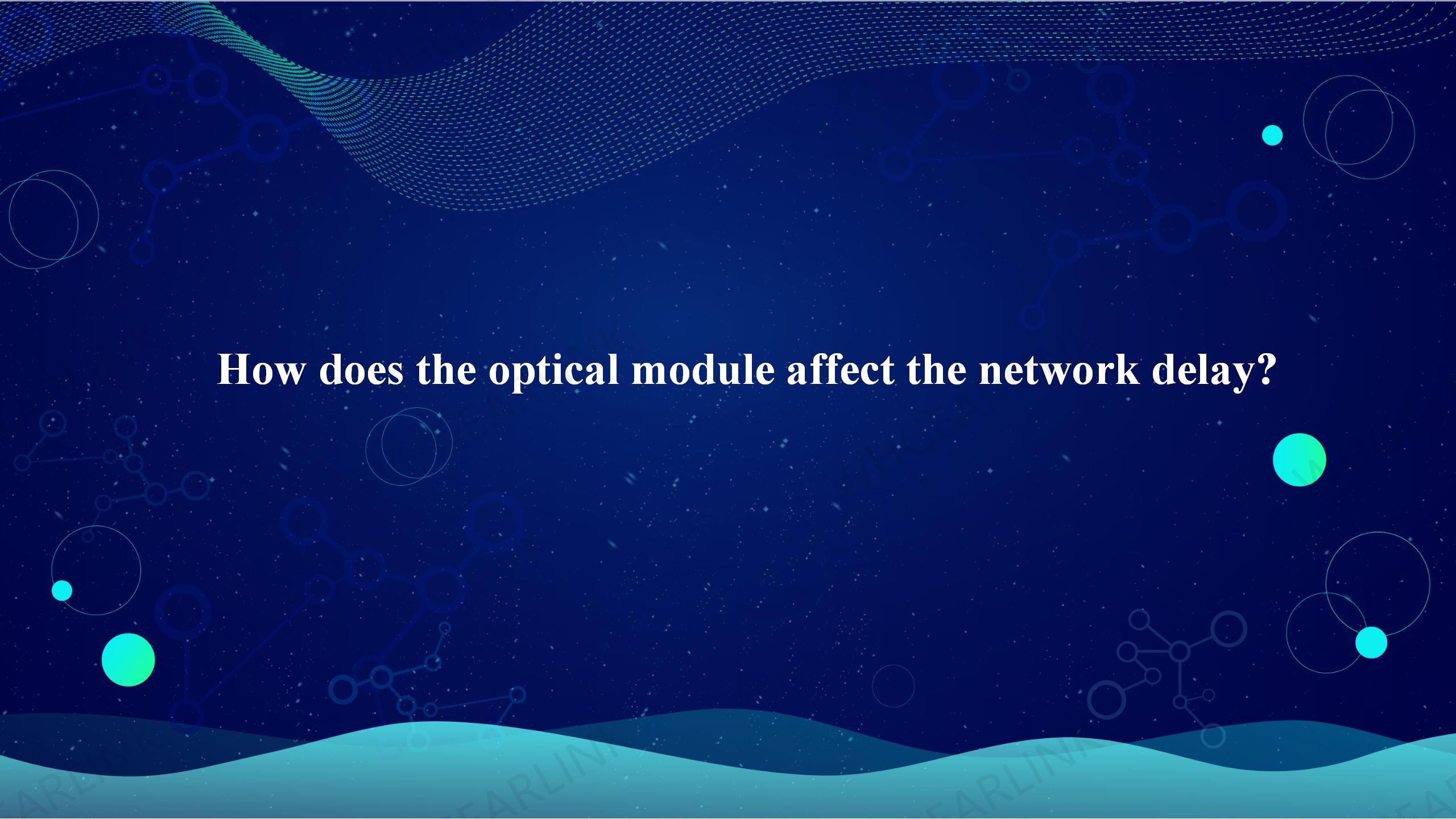With the continuous development of network technology, more and more enterprises, institutions and individuals cannot do without the network. As an important part of the network, the optical transceiver has a crucial impact on network delay. This article aims to analyze the impact of optical transceivers on network delay and how to optimize network delay from a theoretical and practical point of view.
Network delay is a problem often encountered during network operation, and the optical transceiver in the fiber transmission link is one of the key factors affecting network delay. As the core component of optical communication, the performance of the optical transceiver directly affects the rate, stability and reliability of data transmission, thus affecting the delay of the network.
First of all, optical transceivers with higher transmission rates can carry more data streams, transmit data faster and reduce delays. Secondly, the length and quality of optical transceivers and optical fiber connections will also have an impact on network delay. The longer the length and poorer the quality of the fiber optic connection, the higher the transmit power required to maintain a stable optical signal, otherwise it may lead to increased latency. Therefore, when optimizing network latency, it is necessary to pay attention to factors such as selecting appropriate optical transceivers, fiber connections, and device location layouts to obtain better network performance and experience.
In addition to the influence of optical transceivers, the performance of network delay is also affected by other factors, such as: transmission medium, transmission distance, network hops, data volume, and server performance. In order to optimize the performance of network delay, we need to start from the following aspects:
One of the main reasons for network delay is slow data transmission speed, so higher speed optical transceivers, better switches, higher speed optical fiber connections, etc. can be used to speed up data transmission speed.
Both network congestion and load will lead to an increase in delay, so it is necessary to monitor and optimize the network operation status to ensure that the network load is not too high, while maintaining fast and stable network operation.
the more complex the network topology, the higher the delay. Optimizing network topology can reduce the distance data travels, thereby reducing latency. For example, adopting shorter fiber optic connections, configuring better routing rules, and optimizing links between switches can all help improve network speed and reduce latency.
If the internal network process is not smooth, it will also cause an increase in delay. This can be achieved by optimizing the flow of data packet transmission, better network security measures, etc.
To sum up, optimizing network delay requires comprehensive consideration of factors such as transmission rate, topology, process optimization, and optical transceiver selection. Selecting an optical transceiver suitable for network requirements and topology is also an important method to solve network delay. For long-distance transmission scenarios, optical transceivers with higher transmission rates and longer transmission distances can be used; for short-distance scenarios, suitable SFP/SFP+ or QSFP/QSFP+ optical transceivers can be selected to achieve the best network performance.


